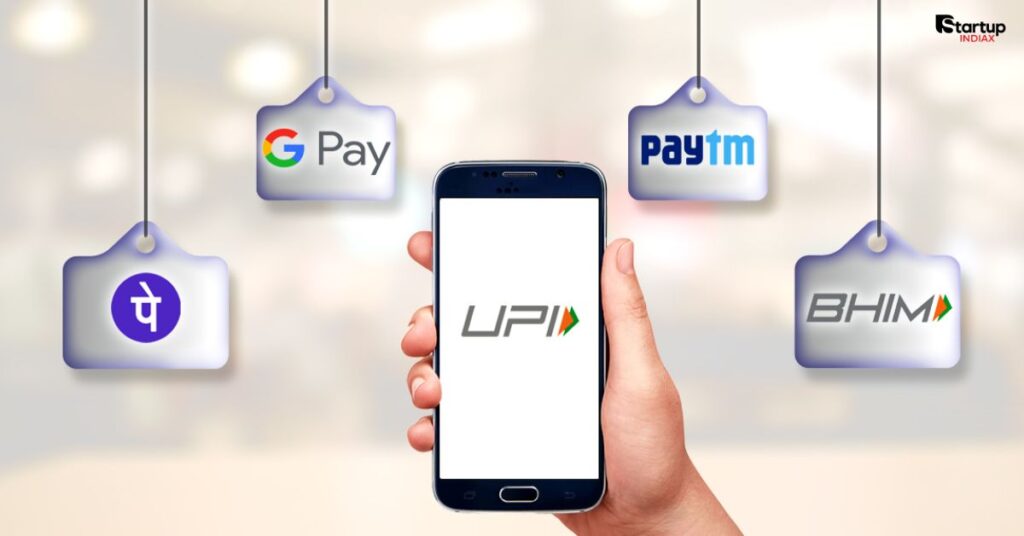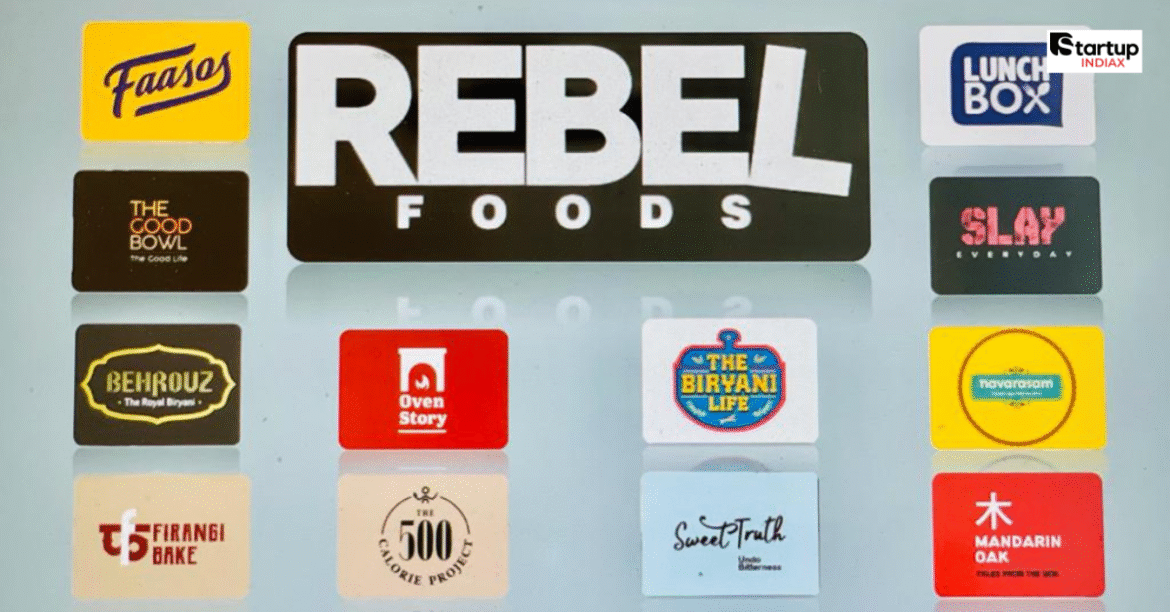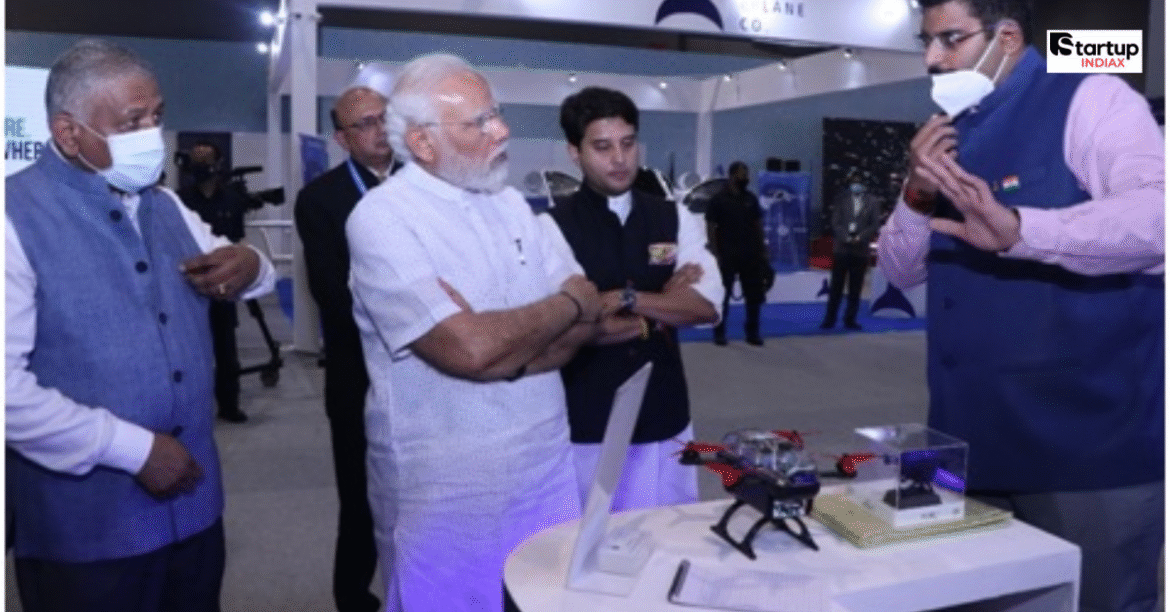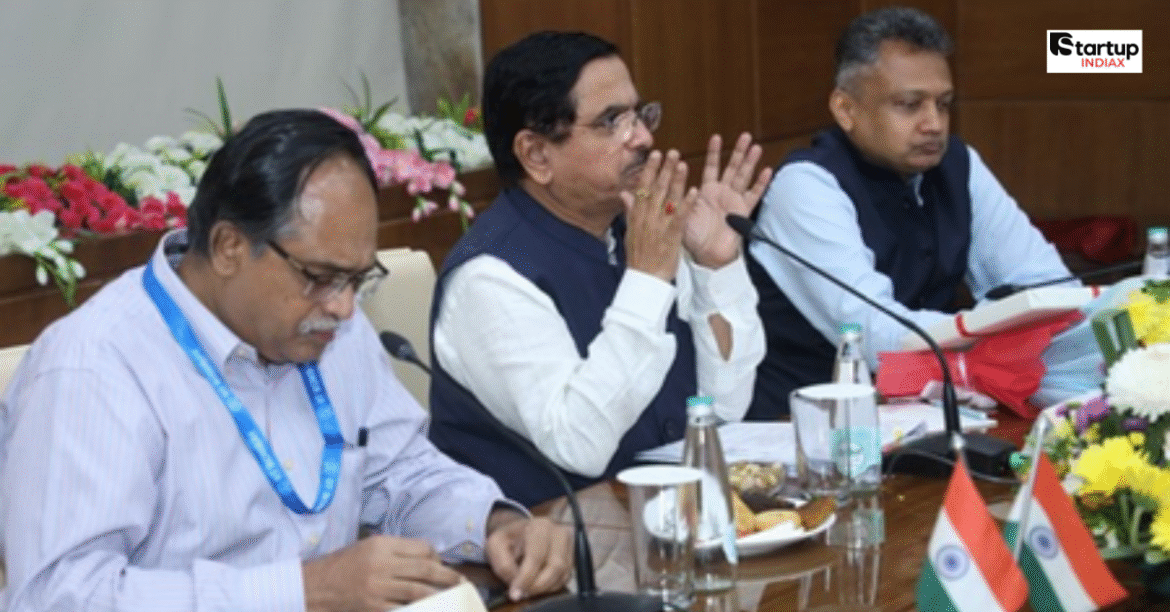Summary
Prashant Puri transformed AdLift from a scrappy startup into a digital marketing giant, acquired for ₹50 crore in 2025, without a single rupee of external funding. His data-driven approach and relentless focus on ROI won clients like Shopify and Titan, proving bootstrapped startups can conquer global markets. This Startup INDIAX story dives into Puri’s journey, unpacking strategies to scale, innovate with AI, and overcome India’s competitive landscape. Aspiring entrepreneurs will find inspiration and actionable insights to fuel their own ventures.
Table of Contents
Introduction
In 2009, Prashant Puri sat in a tiny Gurugram office, sending cold emails with a dream bigger than his bank account: zero. While others chased venture capital, Puri bet on grit, data, and a five-person team to build AdLift. Against all odds—price wars, skepticism, and sleepless nights—he turned a bootstrap startup into a ₹50 crore global powerhouse. This is the story of how one entrepreneur’s vision rewrote the rules of success.
Who Is Prashant Puri and What Inspired AdLift?
Prashant Puri, a Columbia University alumnus, is a digital marketing trailblazer with over 20 years of experience. Before founding AdLift in 2009 with Vivek Pahwa, Puri honed his craft at Yahoo!, eBay, and AT&T Interactive. His early career was a masterclass in scaling digital campaigns—growing AT&T’s team from one to 100 with just 1% of the marketing budget. But in 2009, India’s digital marketing scene was stuck in the stone age, with brands fixated on banner ads. Puri saw a gap: businesses needed data-driven, ROI-focused marketing. Risking stability, he left corporate life to launch AdLift, driven by a belief that results trump hype.
A defining moment came when Puri, burned out from corporate grind, realized he could solve real business problems. “I wanted to build something that delivers value, not just noise,” he told Forbes India. That conviction fueled AdLift’s startup journey.
What Problem Was AdLift Solving in 2009?
In 2009, India’s digital marketing was a Wild West of low-cost, low-value services. Businesses relied on outdated banner ads, with little understanding of SEO or SEM. Prashant Puri noticed brands struggling to measure ROI, often wasting budgets on ineffective campaigns. For example, a small e-commerce client Puri worked with lost ₹5 lakh monthly on poorly targeted ads, with no clear path to growth. AdLift aimed to bridge this gap, offering data-driven strategies to boost online visibility and sales.
How Does AdLift’s Business Model Work?
AdLift provides SEO, SEM, and content marketing services, targeting brands seeking measurable growth. Its revenue model is service-based, charging premium rates for customized campaigns. Clients range from e-commerce giants like Shopify to Indian brands like Titan. AdLift’s proprietary platforms, Content Lift and Brand Lift, leverage AI for personalized content and SEO audits, amplifying impact. By 2025, AdLift served 500+ global clients, with 90% of revenue from content-driven services, scaling its model across industries.
What Challenges Did Prashant Puri Face Early On?
Prashant Puri faced brutal challenges launching AdLift. With no funding, he relied on personal savings and cold emails to land clients. India’s market was price-sensitive, with competitors offering SEO at 10% of AdLift’s rates. “We almost folded in year one,” Puri admitted to Entrepreneur India. Team burnout was real, with sleepless nights spent refining campaigns. A 2010 pivot to focus on premium clients tested Puri’s resolve, but he doubled down on quality over price wars.
What Was AdLift’s Breakthrough Moment?
AdLift’s turning point came in 2011 when Puri landed Nestle as a client. By proving a 300% ROI on SEO campaigns, AdLift won trust, sparking referrals to brands like InfoEdge. A 2012 hack—treating subfolders as separate sites in Google Webmaster Tools—went viral, shared 1500+ times, cementing AdLift’s expertise. Media coverage in Agency Reporter followed, and by 2019, AdLift’s revenue hit ₹54 crore, with clients like Shopify onboard.
What Are AdLift’s Growth Stats and Achievements?
By 2025, AdLift boasted:
- Revenue: ₹54 crore annually by 2019, sustained through 2025.
- Team Size: 250+ employees, up from 5 in 2009.
- Clients: 500+ global brands, including PayPal, Airbnb, and HDFC Bank.
- Acquisition: ₹50 crore by Liqvd Asia in March 2025.
- Growth Rate: 185–200% CAGR, with no negative months after the first.
AdLift’s Content Lift division grew 10x in two years, driving 90% of revenue. Awards like the 2024 Digital Marketing Excellence by CMO Asia underscored its impact.
What’s Next for AdLift and Prashant Puri?
Prashant Puri envisions AdLift leading AI-driven marketing globally. Post-acquisition, AdLift plans to expand into Europe and launch new AI tools for real-time analytics. Puri’s mission is to empower brands with sustainable growth, with a focus on social impact—supporting digital literacy programs in India. “We’re just getting started,” Puri told Startup INDIAX, hinting at a new venture in 2026.
What Lessons Can Entrepreneurs Learn from Prashant Puri?
Puri’s journey offers five startup lessons:
- Start Lean: Bootstrap with a focus on profitability.
- Data Wins: Use analytics to prove ROI.
- Build Trust: Scale via referrals, not sales.
- Embrace AI: Innovate to stay competitive.
- Value First: Avoid price wars with quality.
“Data cuts acquisition costs by half,” Puri shared at the 2025 CMO Summit, a mantra for every founder.
Conclusion: Share Your Startup Story with Startup INDIAX
Prashant Puri’s AdLift journey—from $0 to a ₹50 crore exit—shows that startups can thrive on grit and innovation. His story inspires Indian entrepreneurs to dream big, hustle hard, and scale smart. Got a startup story? Share it in the comments, explore more on Startup INDIAX, or join our community to ignite your entrepreneurial spark!
FAQs
What is AdLift known for?
AdLift is a digital marketing agency specializing in SEO, SEM, and content, serving brands like Shopify and Titan.
Who is the founder of AdLift?
Prashant Puri, a Columbia alumnus with 20+ years in digital marketing, co-founded AdLift with Vivek Pahwa.
What industry does AdLift belong to?
Digital marketing, with a focus on SEO and content marketing.
How much revenue has AdLift generated?
AdLift reached ₹54 crore annually by 2019, sustained through 2025.
What’s the business model of AdLift?
Service-based, offering premium SEO, SEM, and content marketing, powered by AI platforms.











